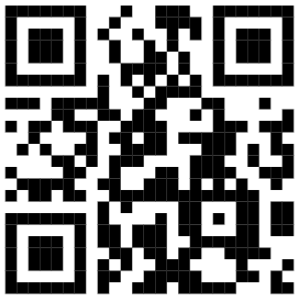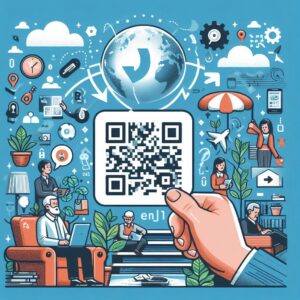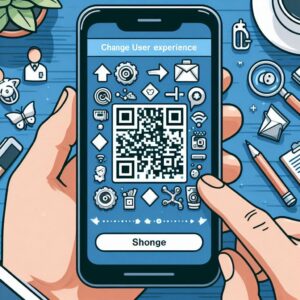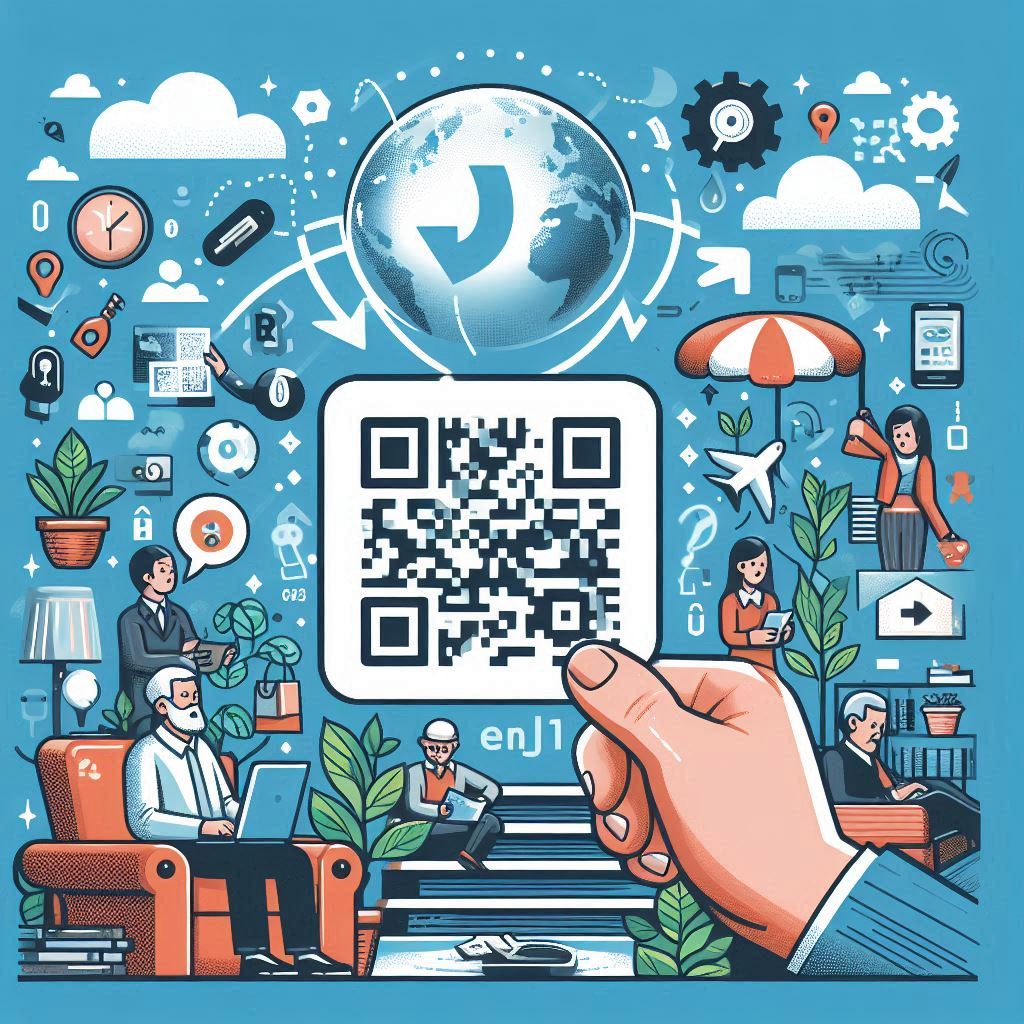In the realm of digital connectivity, Quick Response (QR) codes have emerged as transformative tools, reshaping how users interact with information, businesses, and the world around them. Originally developed for tracking purposes in manufacturing, QR codes have transcended their origins to become ubiquitous symbols of convenience and connectivity. Here’s a deep dive into how QR codes are revolutionizing user experience across diverse industries and applications:
1. Instant Accessibility and Information Retrieval
QR codes offer users instant access to a wealth of information with a simple scan using their smartphone cameras. Whether scanning codes on product packaging for nutritional details, accessing event schedules, or retrieving digital tickets, QR codes eliminate the need for manual input and streamline the retrieval of relevant data. This instant accessibility enhances convenience and efficiency in daily interactions.
2. Facilitating Contactless Transactions and Payments
In an era marked by heightened hygiene awareness, QR codes have become instrumental in enabling touchless transactions. From making payments at retail stores and restaurants to checking into venues or boarding flights, QR codes provide a secure and convenient alternative to physical interactions. Users appreciate the ease of completing transactions swiftly through their mobile devices, contributing to a seamless and hygienic user experience.
3. Empowering Interactive Marketing Campaigns
Marketers leverage QR codes to create interactive and engaging campaigns that captivate audiences. By embedding codes in advertisements, posters, or product packaging, brands encourage immediate engagement. Users can unlock exclusive content, participate in promotions, or access product information directly through their smartphones, fostering a more personalized and interactive marketing experience.
4. Enhancing Operational Efficiency and Tracking
Across industries such as logistics, healthcare, and retail, QR codes optimize operational efficiency by facilitating accurate tracking and management of assets. Logistics companies use QR codes to track shipments and manage inventory in real-time, while healthcare providers utilize them for patient identification and accessing medical records securely. The ability to scan codes streamlines processes, reduces manual errors, and enhances overall workflow efficiency.
5. Seamless Integration with IoT and Smart Devices
QR codes seamlessly integrate with Internet of Things (IoT) devices and smart technologies, enhancing user interactions and connectivity. Users can scan QR codes to connect household appliances, access personalized settings on smart devices, or configure IoT devices effortlessly. This integration simplifies setup processes and enables users to customize their environments, promoting a more connected and interactive lifestyle.
6. Educational and Interactive Learning Tools
In educational settings, QR codes serve as valuable tools for delivering supplemental materials and enhancing learning experiences. Educators embed QR codes in textbooks, presentations, or educational materials to provide multimedia resources, additional explanations, or interactive quizzes. This approach accommodates diverse learning styles, enriches classroom engagement, and empowers students with access to supplementary resources at their fingertips.
7. Environmental Sustainability and Digital Transition
QR codes contribute to sustainability efforts by reducing paper consumption and promoting digital transitions. Instead of printing extensive documents or promotional materials, organizations embed QR codes that lead users to digital versions. This eco-friendly approach minimizes waste, supports environmental conservation efforts, and aligns with global initiatives to adopt greener practices.
8. Future Innovations and Advancements
Looking forward, QR codes continue to evolve with advancements in technology and user expectations. Innovations such as dynamic QR codes, which allow for editing after creation, or integration with augmented reality (AR) for immersive experiences, promise to further expand their utility. As QR codes become more versatile and seamlessly integrated into daily life, their potential to enhance user experiences across various domains continues to grow.
In summary, QR codes have transcended their original purpose to become indispensable tools for enhancing user experience in an increasingly digital world. From facilitating instant information retrieval and contactless transactions to empowering interactive marketing campaigns and optimizing operational efficiencies, QR codes embody convenience, connectivity, and innovation. As technology evolves, QR codes are poised to play an even more significant role in shaping future interactions, making everyday tasks more efficient, engaging, and seamlessly connected.











